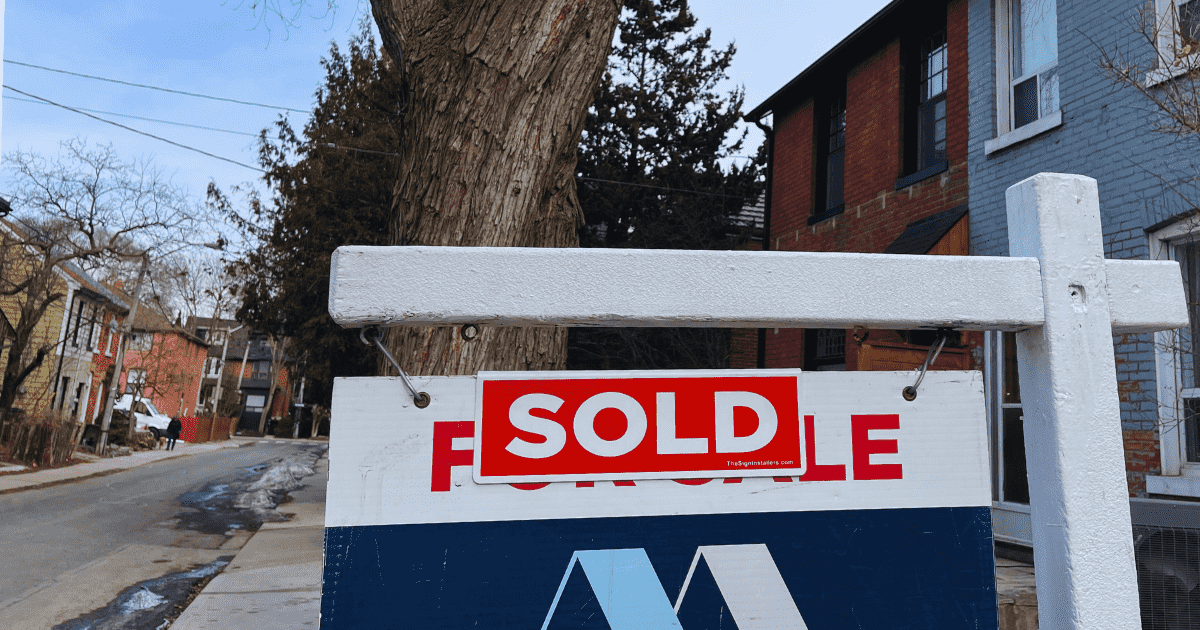“Don’t wish it were easier, wish you were better.” – Jim Rohn
In this continuing series of articles, which are abridged excerpts from my book, The Happy Agent, I address the presentation segment of the evaluation process. With your homework done, and with a value range in mind, this is where the rubber truly hits the road.
With appropriate forms in your briefcase, a lawn sign and lockbox in your trunk and hope in your heart, as you approach the front door, you’re confident and fully prepared. As you step through the front door, you’re greeted by the homeowners in a beautiful foyer with a fantastic mosaic tile floor, rich wood paneling and etched bevelled glass doors to an elegant dining room. Suddenly, your opinion heads to the northern reaches of the value range. Okay, the owners of an outwardly unkempt property aren’t outdoorsy or they fired the gardener. But while inspecting the basement, a whiff of dampness brings another negative tweak. Down it goes again. Oh, but you’re then left breathless by the sight of a dazzling gourmet kitchen featuring Brazilian granite counter-tops and rich cherry cabinetry. Up goes your yet unspoken opinion, maybe even a little higher than the top of your preconceived value range.
My example is clearly exaggerated, but I’m sure you get the idea. Think like an impartial buyer but consider the emotional element. Will the property enthuse or bore? In the final analysis, your ability to view objectively – and think on your feet – is where you justifiably earn a large portion of your fee. It’s that important. If you like percentages, try 40 per cent at this stage, another 40 per cent during offer negotiation(s) and the remaining 20 per cent with absolutely everything else.
Once you’ve completed the inspection, with or without the homeowner traipsing around after you, gather everyone at the dining table for your carefully prepared CMA presentation. Its format might be a sophisticated software program or PowerPoint production on your tablet or the homeowner’s television. Or it might be a collection of unpretentious hi-lighted print-outs of comparables, scribbled with notes upon which you reasoned your range. Or it could be a full-colour customer-friendly portfolio with appropriate charts, graphs, testimonials, business bio and services rendered, along with feature sheets of your previously sold listings (with private information redacted).
If they choose to defer their decision, leaving an expertly prepared booklet behind serves as a silent sales aid that, in your absence, will reinforce your professionalism. If your portfolio is digital, you could certainly email it to them afterward.
To thwart any possibility of their summarily bringing the meeting to an end, I urge you to not lead with your value judgment. Remember the power of curiosity. Keep them wondering. Even though you’ve already done the mental arithmetic, reserve your opinion until you’ve had more opportunity to bond. By reviewing the comparables with them, working up from the lowest sale prices, you’ll not just be telling them; you’ll be showing them how your opinion evolved. Going through them again will also serve as a refresher for you and at the same time, ease them into drawing a similar conclusion. Your opinion, when finally given voice, will become not just the view of a stranger, but a conclusion from someone more familiar. And it will be based on a solid, honest rationale and credible substantiation. If they’re rational, your prospect will reach a similar conclusion. In summarizing, don’t pull any punches. Tell them what they need to know, which isn’t necessarily what they want to hear. Honesty is always the best policy.
You may find yourself competing with other agents who have unknowingly erred or deviously opined with an excessively high opinion. Agents in the latter group can rationalize their behaviour by thinking that if it fails to sell, at least they’ll benefit from sign calls and internet hits.
If you want a long and successful career, I suggest that you avoid both practices; the former because it’s obviously incompetent and the latter because it’s unethical. Don’t “buy” the listing with the intention of seeking a price reduction a few weeks later. Since the market is the final arbiter of value, even with a realistic opening list price, you may need that price change anyway. By innocently or maliciously misleading a homeowner, you’d not only be ill serving them, but also accepting a listing that’s doomed to expire. A faded lawn sign on a stale listing does not enhance your reputation in the neighbourhood, nor earn you a commission paid by a happy homeowner.
At the best of times, evaluating real estate is an inaccurate science. Reinforce the fact that an opinion is simply an educated guess, and that in an open market, anything can happen, favourable or otherwise. When all is said and done, whatever price their property obtains will be fair market value. Assure them that whatever happens, you’ll do everything practically possible to make it as high as the market will bear. You’re on the same team.
In the next column, with your initial presentation more or less completed, I discuss the topic of seller wishful thinking and how to effectively handle an overly optimistic homeowner.
Ross Wilson is a retired real estate broker with extensive experience as a brokerage owner, manager, trainer and mentor over a highly successful 44-year career. His book, The Happy Agent – Finding Harmony with a Thriving Realty Career and an Enriched Personal Life is available where print and e-books are sold, including the TREB, MREB, RAHB and OMDREB stores. Visit Realty-Voice.com.















